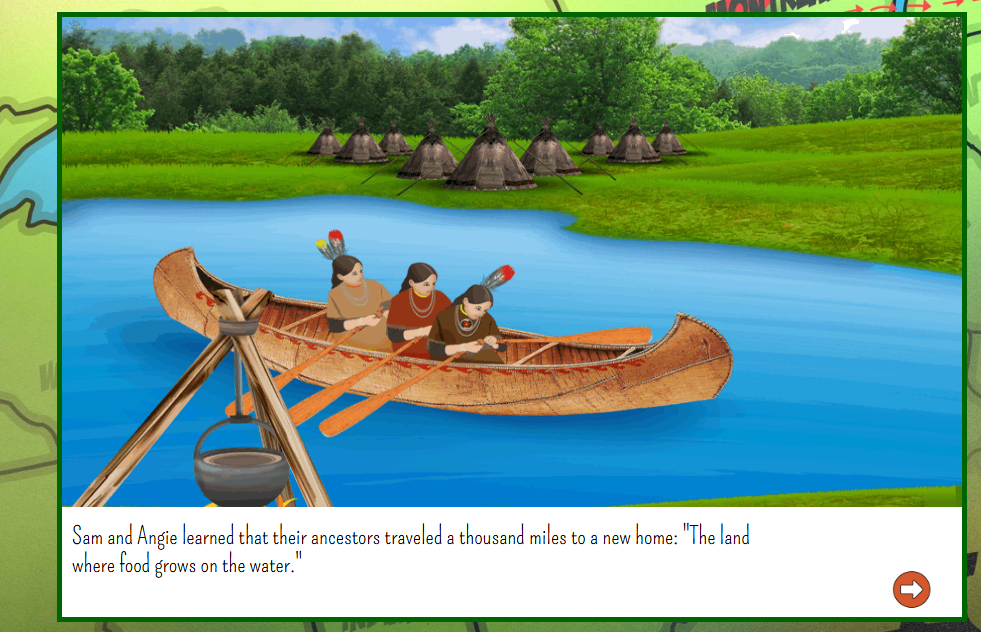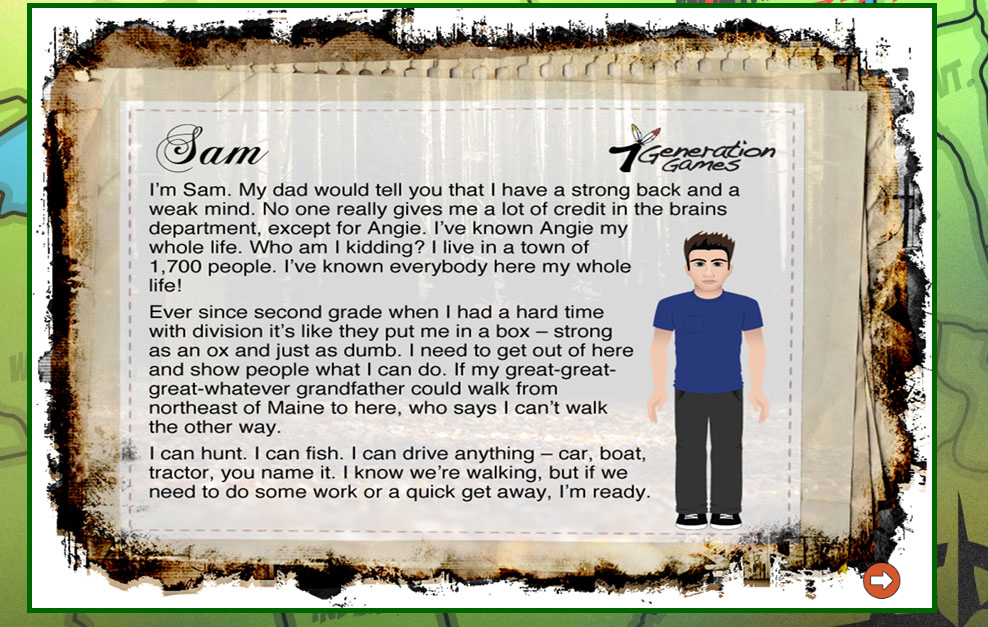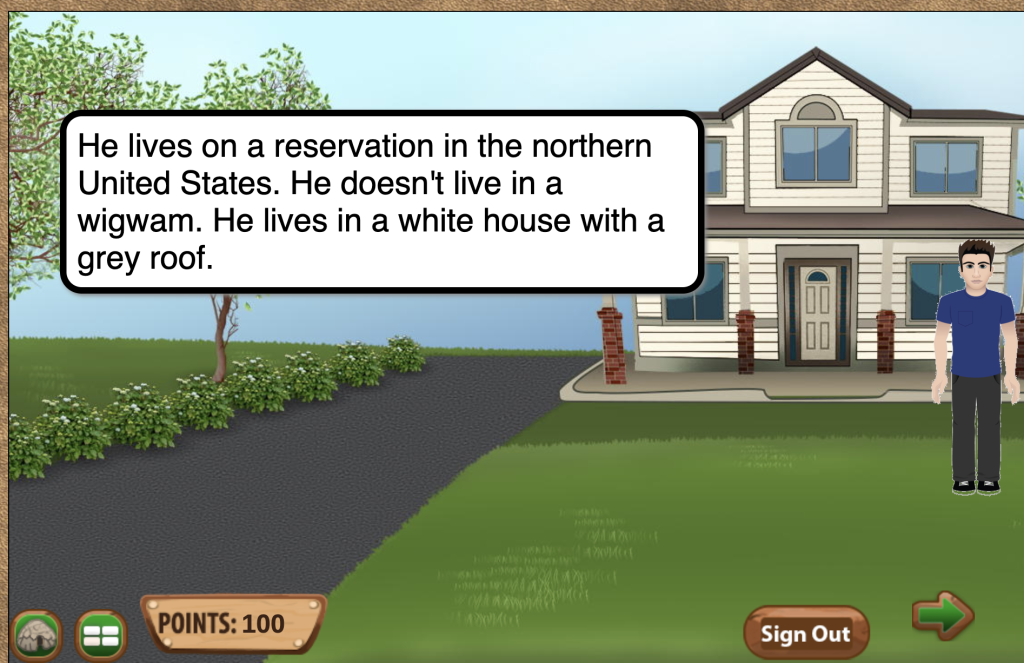We know what the first week of school can be like.
There are three students in your classroom who are not on your roster. It is unprofessional to say, “Hey! Where did you come from?”
You just found out about an IEP meeting that was scheduled after school on Thursday. Those lesson plans you meant to write over the summer did not all get done and nothing in your planning said you would have a student with a third-grade reading level in your sixth-grade class.
You want to read yesterday’s assignments to get to know your students a little. Then, there is the one student who is falling asleep in class – what is going on there?

Do you really want to help me as a teacher? Can you give me more time?
Yes. Well, sort of. Here is how 7 Generation Games can help you in the first weeks of school. (If you are a third-grade teacher, or teach students with special needs at the third- or fourth-grade level, we have an answer for you below.) Let’s say you are a fifth- or sixth-grade teacher.You can start your students playing Forgotten Trail, which teaches Ojibwe history and mathematics for grades five and six. There are multiple benefits. First, the games are intrinsically interesting so students want to play. Second, the games are cross-curricular so that students can learn history at the same time as mathematics.

Third, the game begins with mathematics at a second-grade level but quickly progresses to fourth-and fifth-grade level. You can see the math standards taught in the game here.
We have made a major effort to make these games stand-alone. Voiceovers read text to the students. Of course, you can have students user head phones or turn the sound off. For those students who are not reading at grade level, the voice over enables them to follow the same story as the more advanced readers. If a student answers a math problem incorrectly twice, they are redirected to a section of the game to study. Students cannot move ahead without correctly answering problems, so you can feel confident students who complete the game have some understanding of the standards linked above. The game play components have instructions, but if your students did NOT read the instructions (I’m shocked!), here is a cheat sheet for the wood chopping game to make you look like the cool teacher you are.
Tying it together – English Language Arts and Differentiated Instruction
Forgotten Trail has a few optional paths. One is learning about the characters, for example, Sam, below. You can use this super short Google slide presentation for a creative writing assignment with Sam’s story as the prompt. If students prefer, they can use Angie’s story from the game instead. What about the mention of refrigerator magnets in that presentation? Well, that’s from a different game. However, because we wanted to loop back to the idea of including ALL students with differentiated instruction (see below), we including a bit part for Sam in Making Camp Premium as well.

What about students at the third- or fourth-grade level?
A second game that teaches about the Ojibwe migration covers single-digit multiplication and division, Making Camp Premium. Your students can play that here. Because we know that younger students often are using tablets instead of Chromebooks, Making Camp Premium can also be downloaded on to iPad or Android tablets. You can use Making Camp Premium in the lower grades but also in upper elementary as a review of mathematics and introduction to Ojibwe history.

Differentiated Instruction
Because we want students who are not at grade level to still be integrated with the regular classroom, there is some crossover between the two games, with Sam making an appearance in the refrigerator magnets section of Making Camp Premium and also as a main character in Forgotten Trail.
It is not at all uncommon that other students in your class would be interested in playing Making Camp Premium as well, even if they are at grade level in mathematics. (I admit to playing it and I have a Ph.D.)
Sam and Angie provide important representation because they let students know that Native Americans are alive today!
If you live in North Dakota, South Dakota or another area with a substantial Native American population, you may not consider this necessary. You may even think that I am being a little silly. However, I can guarantee you based on personal experience, that there are children in many classrooms in this country for whom this will be a revelation.
